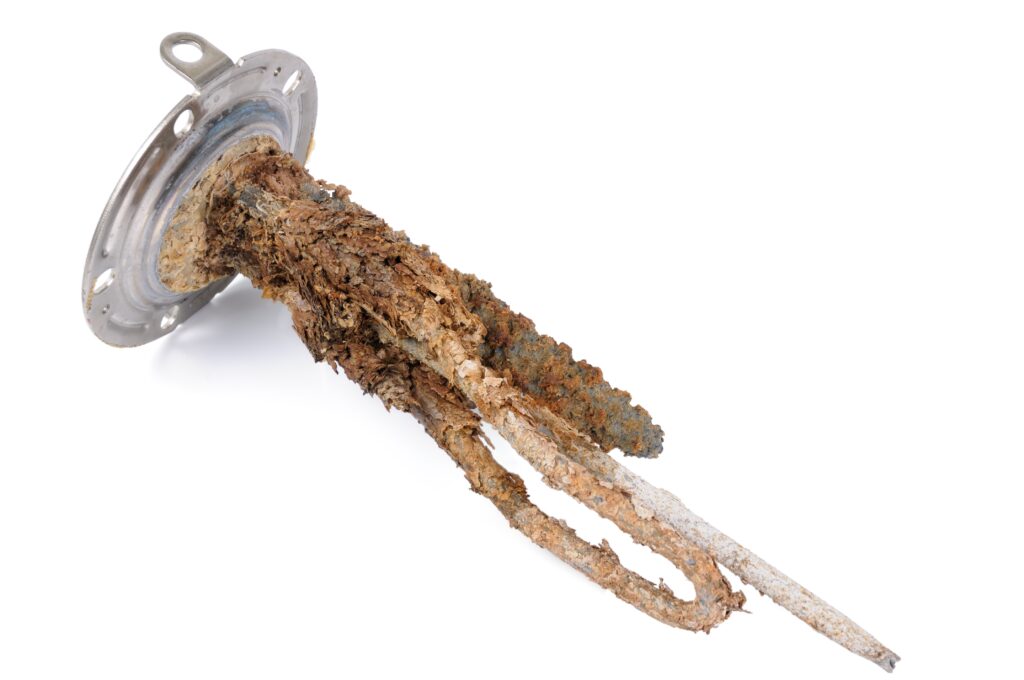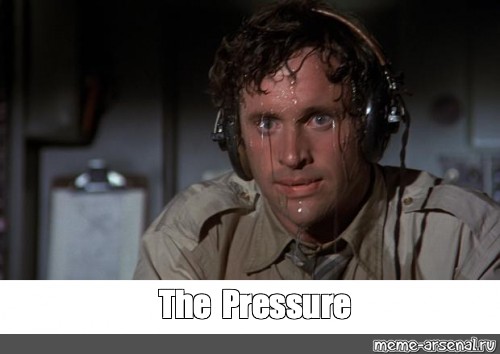Everyone understands that hot water is supposed to be hot, but it can be too hot.
When this happens, your water heater usually has an issue and doesn’t know when to stop heating. Here we’ll go over four common reasons it’s getting too hot and how to change the thermostat temperature on tankless and gas water heaters.
4 Reasons your water heater is getting too hot
1. Broken Thermostat
When the water heater thermostat goes out, the heating elements continue to heat the water to an extreme level. But it’s easy to check the thermostat to make sure it is the issue.

First, check the existing thermostat temperature — it may be at the factory setting of 140 degrees Fahrenheit. Next, lower the temperature to 120 degrees Fahrenheit, run hot water through a faucet or tap, and measure the temperature with a thermometer. If the thermometer temperature exceeds the thermostat, you likely have a broken thermostat. Contact a trained plumber for replacement.
Another possibility is the thermostat has become loose from the water tank. It needs to be tightly mounted against the side for accurate readings. If it is loose, use a screwdriver to loosen its mount and readjust the position.
2. Mineral Buildup
Four in every five homes in the United States are in a hard water region. Hard water leaves behind mineral deposits, mostly calcium and magnesium, when it’s heated, such as inside a hot water tank. As the minerals coat the heating element, the element can’t appropriately sense the water temperature and continues to heat. This can send scalding hot water out of a faucet or shower head.
One way around the deposits and buildup is annual water heater maintenance with a full system flush. An annual flush benefits both traditional tank water heaters and tankless since hard water does flow through on demand, leaving behind deposits. Another option is to install a water softening system in your home to minimize hard water buildup.
3. Faulty Heater Element
Most electric water heaters have two heating elements that alternate between heating from the top and the bottom. The heater element for gas units is found at the bottom of the tank. Usually, the heating element turns off when the water has reached the preset temperature. But this shutoff may stop working if one or both heating elements is damaged or faulty.
4. Issues with the Pressure Relief Valve
This crucial safety device keeps your hot water heater and home safe. In the event the water pressure or water temperature inside the tank reaches an extreme level, the temperature and pressure relief valve lets a small amount of water drain out. If the valve stops working, the internal pressure and temperature can rise to the point the water heater begins to leak or bursts.
You can test the valve by opening it on the side of the tank. If you hear a gurgling noise, the valve is working as it should. If not, contact a plumber as soon as possible.
How to Change the Water Heater Thermostat
It might be tempting to crank up the thermostat temperature on your water heater, but we implore you not to. A person can suffer third-degree burns in two seconds when the water is 150 degrees Fahrenheit. Children and the elderly are more likely to be burned due to naturally sensitive skin.
Gas Water Heater
While some gas water heaters have a dial thermostat near the bottom of the tank, newer gas units don’t. But all you need to change the water heater thermostat is a screwdriver and a few minutes of time.
- Turn off the water heater’s power source at the circuit breaker.
- Look for the access panel and use the screwdriver to unscrew it from the tank.
- Remove any insulation inside the panel (there should be some.)
- Adjust the thermostat temperature with the screwdriver.
- Replace the insulation inside the panel and reattach the panel.
- Turn the power back on at the circuit breaker.
- Relight the pilot light if necessary.
Wait at least three hours after adjusting the thermostat to test the water temperature.
Tankless Water Heater
The majority of tankless water heaters have a digital control panel similar to your HVAC thermostat. The water temperature can be adjusted as needed on this panel.
How Long Will My Water Heater Last?
Most traditional tank-style water heaters last between eight and 10 years, while tankless can last up to 20 years with regular service and maintenance. There does come a point, however, where many homeowners find themselves spending more and more money on repairs to keep an old unit going. Talk with a trained plumber about whether repair or replacement is the best option for your water heater.
Need your water heater checked? Contact the ASI experts today.









